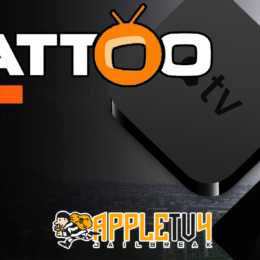Watch Over 200 TV Channels Free of Charge With Apple TV – AppleTV 4 Jailbreak (appletv4jailbreak.com)
Over 200 channels on the Zattoo App
With the Zattoo App you receive more than 200 TV channels free of charge with livestream. That includes e.g. BBC One-Four, Skynews, CNN, CNBC, Al Jazeera, CBeebies, E4, itv, Film 4, 5USA and many more. Watch shows like BBC News, The Voice UK, UEFA Champions League or Sherlock over Apple TV.
The service is location based so you might want a VPN
https://zattoo.com/ch/en/zattoo-live-tv-apple-tv-en/
AppleTV 4 Jailbreak (appletv4jailbreak.com)


